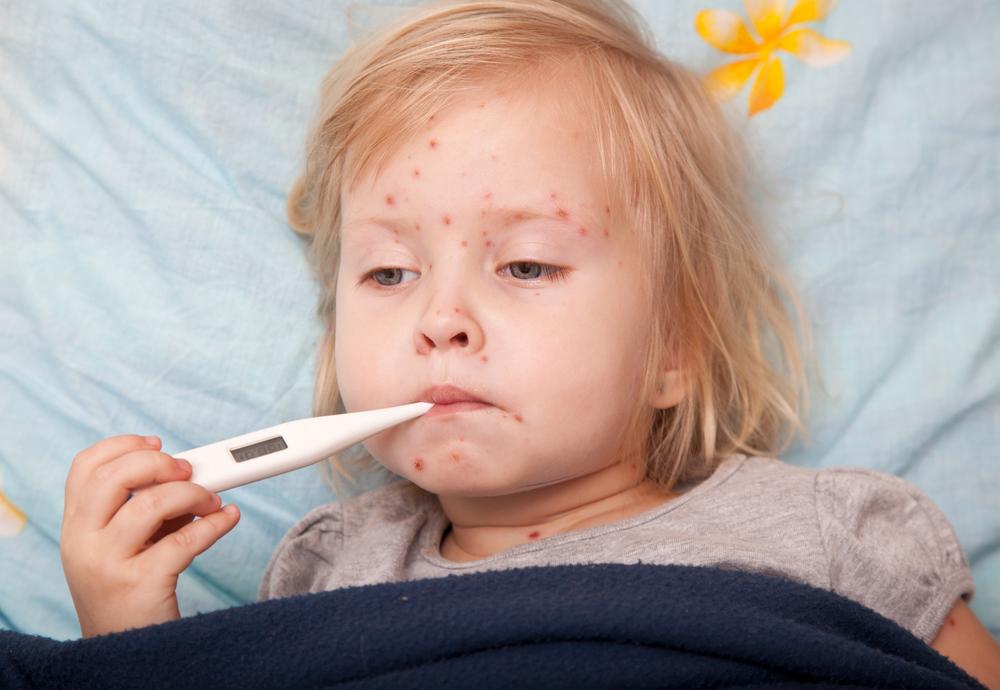Causes, Symptoms, and Treatment of Measles
Measles is found to be one of the most frequent infections among children in the country. It is caused by the rubeola virus and is, hence, sometimes regarded as rubeola too. The infections spread rapidly. As a result, many people in a single community are likely to have this infection.

The infection lasts for about 7 to 10 days. Therefore, once a person suffers from measles, it is usually observed that the individual grows immune to it for his or her lifetime. They are very less likely to get contaminated again.
Causes of Measles
As mentioned before, the rubeola virus causes measles, and an infected person is likely to carry this virus in the mucous of their throat and nose. After the initial infection, the disease is contagious for the next four to five days. Thereafter, the symptoms start to develop.
The prime cause of measles is an infection and it can spread through a number of ways, such as if anyone comes in contact with an infected individual. Thus, through their sneeze or a cough, it may spread easily.
Symptoms of Measles
The foremost symptom of measles is fever along with a cough or conjunctivitis. Gradually, the other symptoms also start to develop. After the initial infection, it takes 7 to 9 days to develop remarkable signs, and they are as follows:
- There will be rashes all over the body in reddish brown color.
- There will grey-white spots too, called the Koplik’s spots with blue colored centers, all over the mouth, inside the cheeks and also the throat.
- A runny nose is quite common among individuals who are highly sensitive.
- One also experiences intense coughing.
- Swollen eyelids along with inflated eyes are the next signs of being infected with measles.
- One might have watery eyes too.
- An individual might also experience sensitivity to light as well, which is termed as photophobia.
- Since the person is likely to have caught a cold; he/she will be accompanied by frequent sneezing too.
- Body aches will be common.
As already mentioned fever is persistent and can rise to 100.4 degrees Fahrenheit. The symptoms do not fade away easily as they only get worsened. So, a doctor needs to be consulted as soon as the infection is suspected.
Treatment of Measles
Rest is the ultimate treatment for any disease or infection. For measles, there are no specific treatments available. In consultation with a doctor, you will be asked to take rest for at least a week or 10 days. An individual needs to intake lots of fluids so as to restore from dehydration.
The possible treatments for measles are as follows:
- Since fever is the main sign and it is persistent, therefore, medicine like Tylenol or Ibuprofen will be helpful in controlling the temperature and aches. Aspirin is not recommended for children, though.
- The lights of the room should be kept dim and too much of light should be avoided, and swearing sunglasses is recommended whenever needed. This will soothe the patient’s eyes. In the case of crustiness, it can be cleaned with warm water.
- Deficiency of vitamin A is also found in many cases; thus, supplements or other foods rich in vitamin A can be taken, but with prior consultation with the doctor or health adviser.
- During measles, the patient loses out on fluids from the body through dehydration. This makes the body even weaker and downgrades the capability to fight the disease and infection. Therefore, drinking plenty of fluids is necessary.











